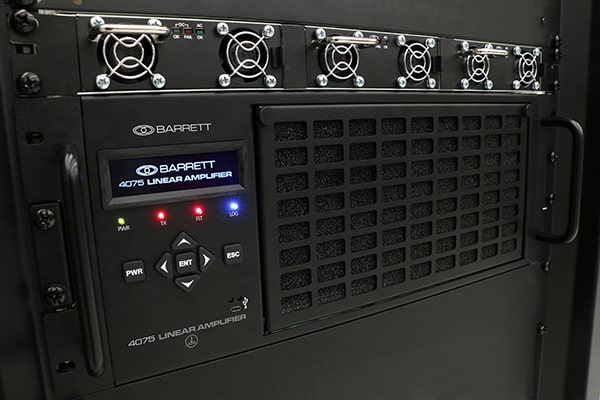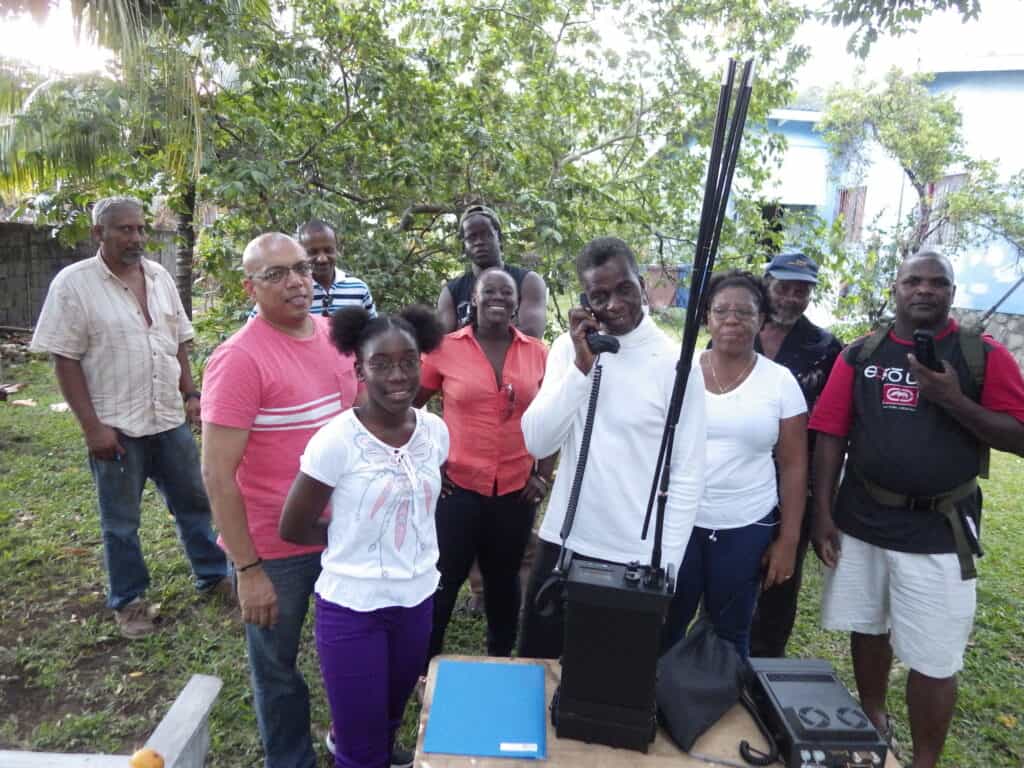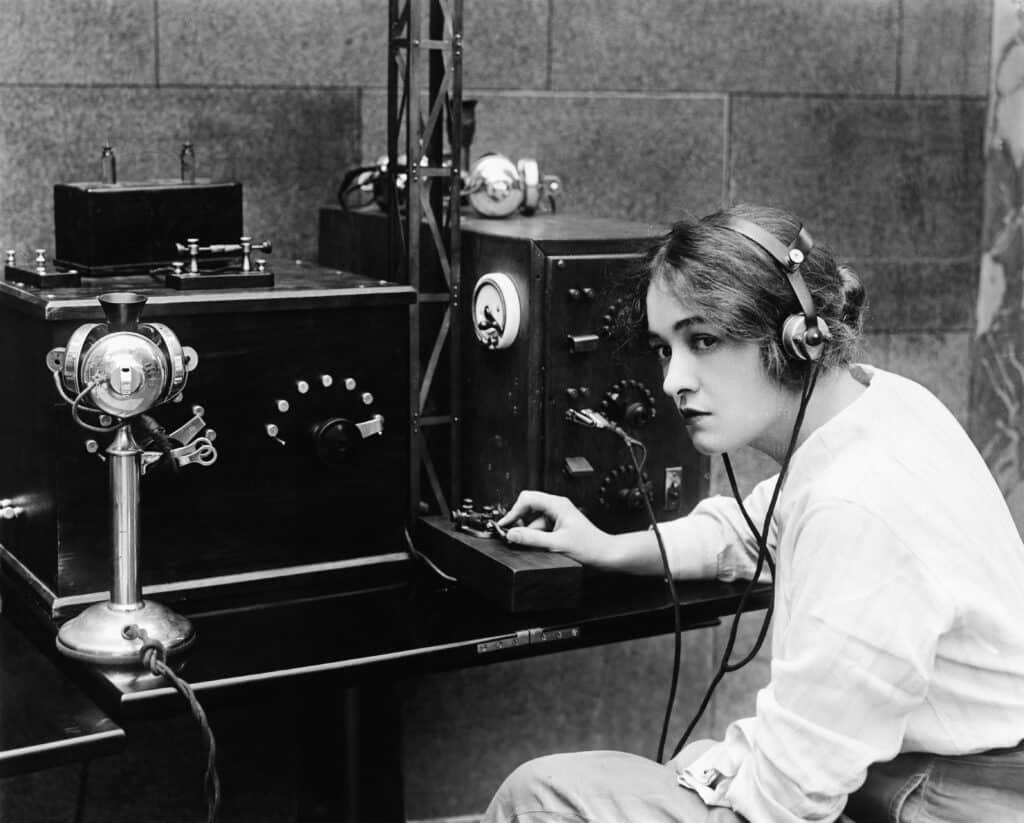HF vs SatCom for Emergency Use
HF vs SatCom for Emergency Use
When satellite communications came on the scene, there was much excitement about audio quality and security. However, the crippling costs of SatCom have delayed widespread adoption and implementation and given HF time to catch up. The latest generation of digital voice technology has effectively closed the gap between satellite and HF in regard to capability, making many emergency communications systems engineers reconsider SatCom and put their faith in dependable, cost-efficient HF once more.
Sound quality
The initial biggest benefit to SatCom was enhanced sound quality. HF had traditionally been plagued with excess static and distortion, making it less reliable. With digital voice over HF now available, near telephone quality audio that lacks the familiar background noise associated with old HF radio communications is achieved. Even inexperienced operators can hear and relay critical information. Vocoding has enabled HF voice quality to reach equivalency with satellite communications, and at 2,400 bps, the difference between the two methods of transmission is virtually indiscernible.
Communication security
Security was the other big selling point in the early days of SatCom, but with innovation comes ways to hack new systems, and satellite communications have proven vulnerable on various occasions. The majority of satellites are commercially owned, and are susceptible to jamming, eavesdropping, hijacking, anti-satellite weapons, electromagnetic pulses, cyber or infrastructure attacks and spoofing. By contrast, HF voice and data traffic is independent and offers various encryption and hopping options. Operators can freely discuss any operational matters without fear of breaching communications security.

Locator services
HF can also provide safety compliance to locate and track deployed personnel operating in remote areas, independent of third-party infrastructure. Position reporting is readily achieved, and HF equipment can be used to interact with first responders, local or regional friendly forces and even international allies who have little or no SatCom capabilities. While SatCom devices can offer GPS, the usability depends on whether the service is accessible and online – and third-party infrastructure is a given, leaving the door open for security issues and signal dropout or dropoff.
Connectivity
Satellite phone service availability can be extremely volatile, with dead spots and dropouts causing loss of communication at what could be a critical moment. With no base or mobile stations as backup, an emergency can become much worse due to lack of transmission capability. Rugged terrain, foliage and unpredictable weather patterns can also inhibit satellite signals, causing intermittent connectivity or complete blocking.
HF can overcome difficult terrain issues with antenna systems that utilise near-vertical incidence skywave (NVIS) propagation for close communications even in mountainous or jungle terrain. HF radios with digital voice capability can deliver a working communications link even in the most challenging conditions or harsh environments, and can be combined with VHF for a communications network that has enhanced coverage for short- and long-range transmissions. Automated link establishment enables the radio to find the best signal path between stations, and switch as needed to keep signal strength steady and transmissions clear.
Compatibility
HF radio will often work easily with older equipment in remote or poverty-stricken locations, where newer equipment is hard or impossible to come by or may be stolen by insurgents. Satellite communication equipment can be much more difficult or even impossible to make backward-compatible, which can render it less helpful in situations where local communication is a critical part of an emergency response.
Cost
SatCom can be prohibitively expensive to maintain. The devices are costly, the networks require regular payment for data usage and communications can end up depending on third-party infrastructure that may be poorly maintained, inaccessible or even absent in remote areas. Conversely, HF may have a slightly higher original outlay, but has a longer life cycle, is forward- and backward-compatible and has no ongoing costs, since there are no subscription fees to utilise the equipment or use bandwidth.
Want to know more about modern HR capability? Contact the Barrett Communications team today.








